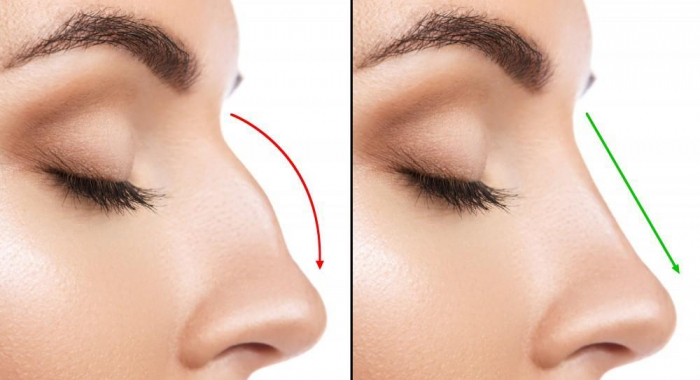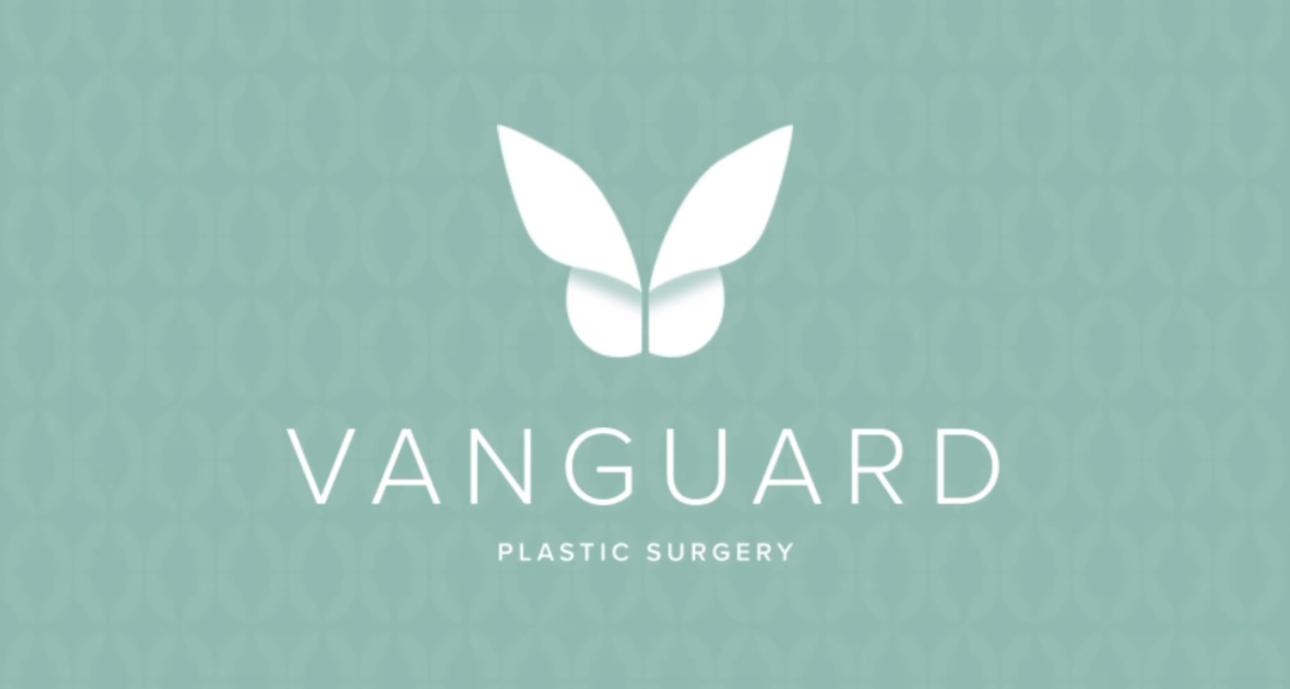Breast augmentation, also known as augmentation mammaplasty, is a surgical procedure to increase the size, shape, or fullness of a woman's breasts. Here are some potential benefits of breast augmentation:
Improved self-esteem: Many women report feeling more confident and positive about their bodies after breast augmentation.
Enhanced body proportion: Breast augmentation can help balance out a woman's body proportions, especially if she feels her breasts are disproportionately small.
Clothing options: With larger breasts, some women find that they have more clothing options and feel more comfortable in certain styles.
Reconstruction after mastectomy: Breast augmentation can be part of breast reconstruction for women who have undergone a mastectomy due to breast cancer.
Correcting asymmetry: Breast augmentation can help improve breast symmetry for women with naturally uneven breasts.
It's important to consult with a qualified plastic surgeon to discuss your individual goals and expectations before undergoing breast augmentation.
A rhinoplasty, commonly known as a "nose job," is a surgical procedure that involves reshaping or reconstructing the nose to improve its appearance or function. Here's an overview of what the procedure typically involves:
Consultation: Before the surgery, you'll meet with a plastic surgeon to discuss your goals, medical history, and the potential risks and benefits of the procedure. During this consultation, the surgeon will also evaluate your nasal structure and discuss the changes you'd like to make.
Anesthesia: Rhinoplasty can be performed under general anesthesia or local anesthesia with sedation, depending on the extent of the surgery and the surgeon's preference.
Incisions: The surgeon will make incisions inside the nostrils (closed rhinoplasty) or across the columella (the strip of tissue between the nostrils) and inside the nostrils (open rhinoplasty). The choice of incision technique depends on the complexity of the procedure and the surgeon's preference.
Reshaping the nose: Once the incisions are made, the surgeon will access the underlying nasal structure and reshape the bone, cartilage, and soft tissues to achieve the desired outcome. This may involve removing or adding tissue, straightening a crooked nose, reducing a hump, refining the tip, or adjusting the nostril size and shape.
Closure: After the desired changes are made, the incisions are closed with dissolvable or removable sutures. If external incisions were made (open rhinoplasty), the surgeon may place external sutures as well.
Recovery: Following the procedure, you'll need to follow your surgeon's post-operative instructions carefully. This may include wearing a splint or nasal packing for support, avoiding strenuous activities, and attending follow-up appointments. Swelling and bruising are common after rhinoplasty and typically subside over the following weeks and months.
It's important to choose a qualified and experienced plastic surgeon for your rhinoplasty procedure to ensure the best possible results and minimize the risk of complications. Additionally, rhinoplasty is a highly individualized procedure, and the techniques used will depend on your specific nasal anatomy and aesthetic goals.

Male chest reduction, also known as gynecomastia surgery, is a cosmetic procedure to reduce the size of enlarged male breasts. It is typically done to treat gynecomastia, a condition that can result in overdeveloped or enlarged breasts in men. The surgery may involve liposuction, excision of glandular tissue, or a combination of both to achieve a flatter, more masculine chest appearance. It is essential to consult with a qualified plastic surgeon to discuss the procedure, expected outcomes, and possible risks.






